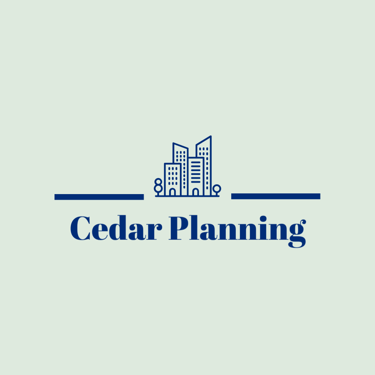Class E - E for Everything: Understanding Use Class E for High Street Businesses
Class E is a new and exciting change which creates opportunities to maximise your portfolio.
8/12/20252 min read


With recent changes to the Use Class Order, it has become significantly easier for businesses on the high street to change between different uses without the need for planning permission. The introduction of Use Class E has brought about more flexibility and opportunities for businesses to adapt and evolve. In this article, we will explore the various uses covered under Use Class E and discuss the potential planning restrictions that businesses may encounter.
What is Use Class E?
Use Class E is a category introduced by the UK government as part of the Town and Country Planning (Use Classes) (Amendment) (England) Regulations 2020. It consolidates several previous use classes, including A1 (shops), A2 (financial and professional services), A3 (restaurants and cafes), B1 (business), D1 (non-residential institutions), and D2 (assembly and leisure) all into one large Use Class.
Uses Covered Under Use Class E
Use Class E covers a wide range of uses, making it suitable for a variety of businesses on the high street. Buildings which are in Class E Use include the following:
Retail shops (except for some 'local shops' in Class F2 use)
Financial and professional services
Restaurants and cafes
Offices
Medical and health services
Nurseries and creches
Gyms and fitness centres
Art galleries
Libraries
Indoor sports facilities
These are just a few Use Class E examples, and the list is not exhaustive. Use Class E aims to provide flexibility for businesses to change between these uses without the need for planning permission. If your building is in Class E business use, it can potentially be converted to residential properties by using Class MA Permitted Development Rights.
Planning Conditions
While moving between different Use Class E Use generally does not require planning permission, there are some restrictive planning conditions that businesses and property owners should be aware of. These conditions can stop you moving between the different use classes and can usually be found as part of planning permissions. If you are in any doubt, you may want to submit a Certificate of Lawfulness application to the Council which will confirm that you can legally change between the different subcategories of Class E.
How Cedar Planning Can Help You?
As set out in another one of our blog posts (see here), recent changes to Permitted Development Rights mean that there are exciting opportunities for owners of commercial properties. At Cedar Planning we are able to review your site or property portfolio to identify opportunities to maximise your assets. Our services include the following:
An initial site appraisal, reviewing Permitted Development Rights and local and national planning policies for the development potential of a site or buildings;
Planning Applications, we are experienced in dealing with Change of Use applications and Prior Approval applications. As part of our Planning Application service we can either taken on the whole process for you, or work with your appointed architect to produce compelling planning documents, giving you the best chance of success.
Planning Appeals, if your application has been refused we can review the decision to see if you have solid grounds to appeal the decision.
Contact Cedar Planning today to find out how we can help you.
Contacts
Email: info@cedarplanning.co.uk
Phone: 07418 610156
Office (by appointment only) Cedar Planning Ltd, 82a James Carter Road, Mildenhall, Bury St Edmunds, IP28 7DE


Click the above button for a free Whatsapp consultation

